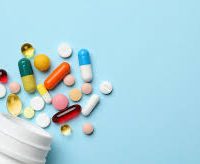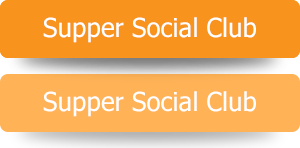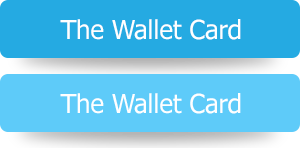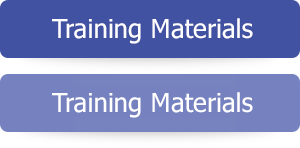Filling Your Prescription Medication – Helpful Tips

Before You Go to the Pharmacy
Gather necessary information:
Have your prescription, insurance card (if applicable), and any relevant discount cards or coupons ready.
Be sure to bring your photo ID or driver’s license. The pharmacy may ask for identification if the meds are for pain.
Check for refills:
If you’re needing a refill, confirm with your doctor or healthcare provider if you have refills remaining or if a new prescription needs to be sent.
Contact your pharmacy:
If you’re looking to fill a new prescription or a refill, call your pharmacy ahead of time to confirm they have the medication in stock and to inquire about potential wait times.
Organize your medications:
If you’re taking multiple medications, consider organizing them in a pill organizer or using a medication list to keep track of your doses and schedules.
Confirm your insurance coverage:
If you have insurance, ensure your chosen pharmacy is in your network to avoid unexpected costs.
Check for medication interactions:
If you’re taking other medications, over-the-counter drugs, or supplements, inform your pharmacist to check for potential interactions.
Consider a preferred pharmacy:
If you have a preferred pharmacy, use them consistently as they can keep a record of your medication history and help prevent drug interactions.
Know your medication:
Familiarize yourself with the medication’s appearance, dosage, and instructions.
Prepare for potential wait times:
Especially during busy periods, be prepared for potential delays and consider planning extra time for your visit.
Cost-Saving Strategies
Generic Medications:
Opt for generic versions of brand-name medications, when possible, as they are often significantly cheaper and offer the same active ingredients.
Mail-Order Pharmacies:
Consider using mail-order pharmacies for larger quantities of medications, as they often offer discounts for bulk orders.
90-Day Supply:
Ask your doctor if you can get a 90-day supply of your medication, which can sometimes be more cost-effective than multiple 30-day refills.
Pharmacy Discount Programs:
Explore discount programs offered by pharmacies or third-party providers like GoodRx, which can provide substantial savings on prescription costs.
Compare Prices:
Shop around and compare prices between different pharmacies, both online and in-person, to find the best deals.
Consider a Different Form:
Discuss with your doctor if a different formulation of the same medication (e.g., tablet vs. liquid) might be available at a lower cost.
Ask for Price Matching:
Some pharmacies will match the price of a competitor if you find a lower price elsewhere.
Explore Online Pharmacies:
Research reputable online pharmacies that can offer competitive prices, especially for medications not commonly available in local pharmacies.
Use Co-Payment Cards:
Many pharmaceutical companies offer co-payment cards that can help reduce out-of-pocket costs for specific medications.
At The Pharmacy
Provide clear information:
When interacting with the pharmacy staff, clearly state your name, the name of the medication, and the prescription number (if applicable).
Communicate any allergies or concerns:
Inform the pharmacist about any allergies, side effects you’ve experienced with medications, or any other relevant health conditions.
Ask questions:
Don’t hesitate to ask the pharmacist questions about your medication, dosage, side effects, or how to take it.
Double-check the label:
When you receive your prescription, carefully check the label for your name, the name of the medication, the dosage, and the instructions.
Inspect the medication:
If you’re familiar with the medication’s appearance, check if the pills or liquid look the same as what you’ve taken before.













